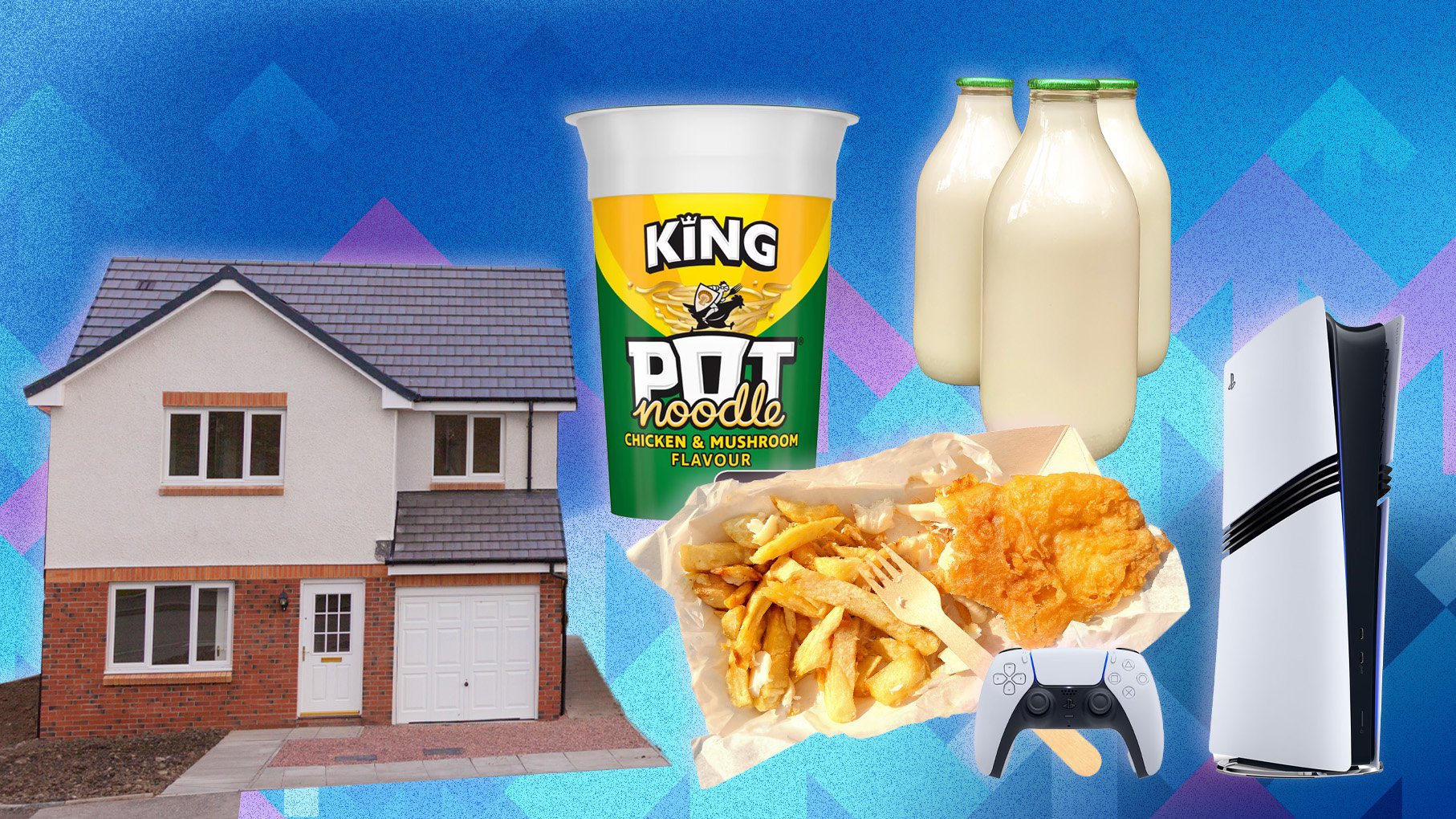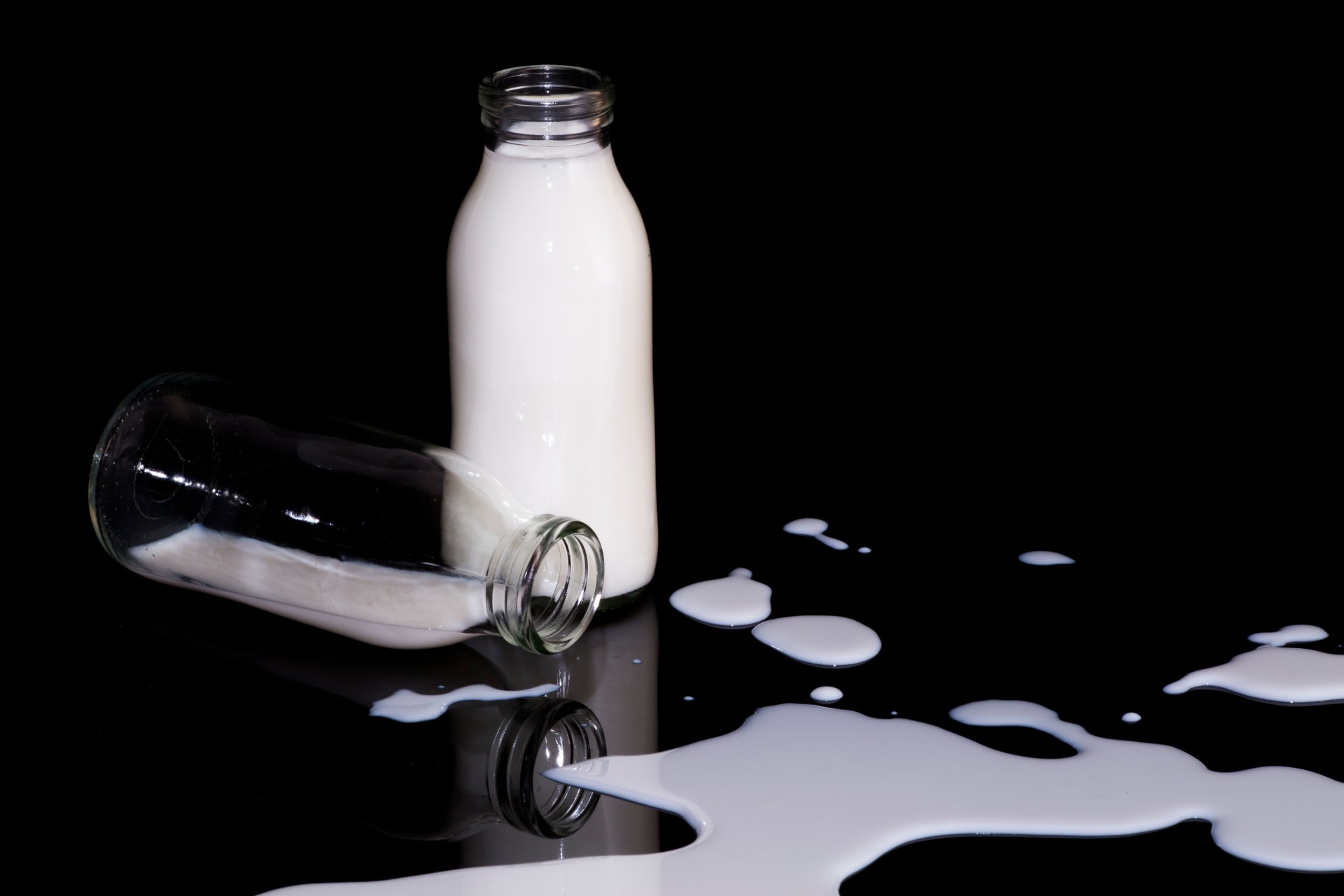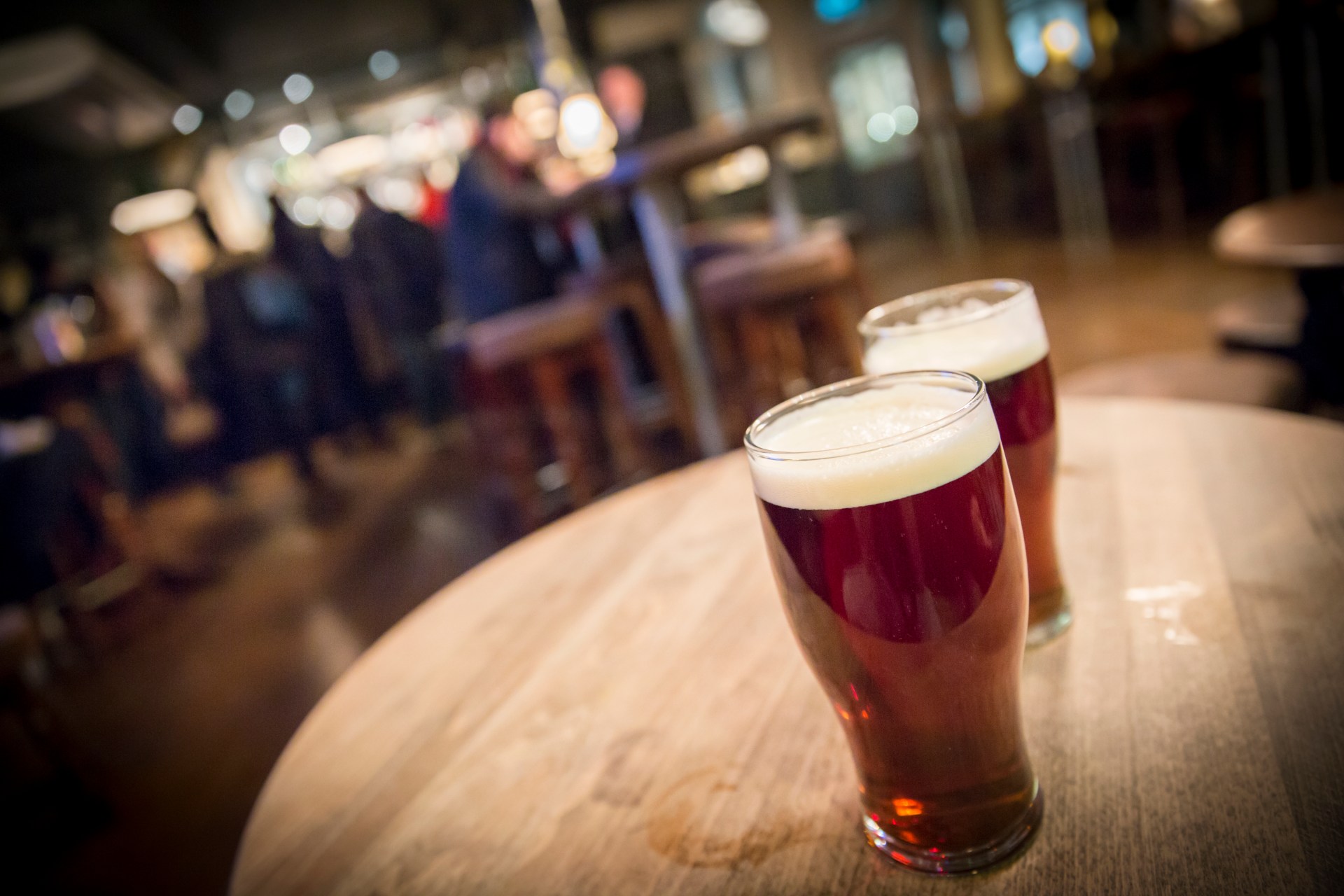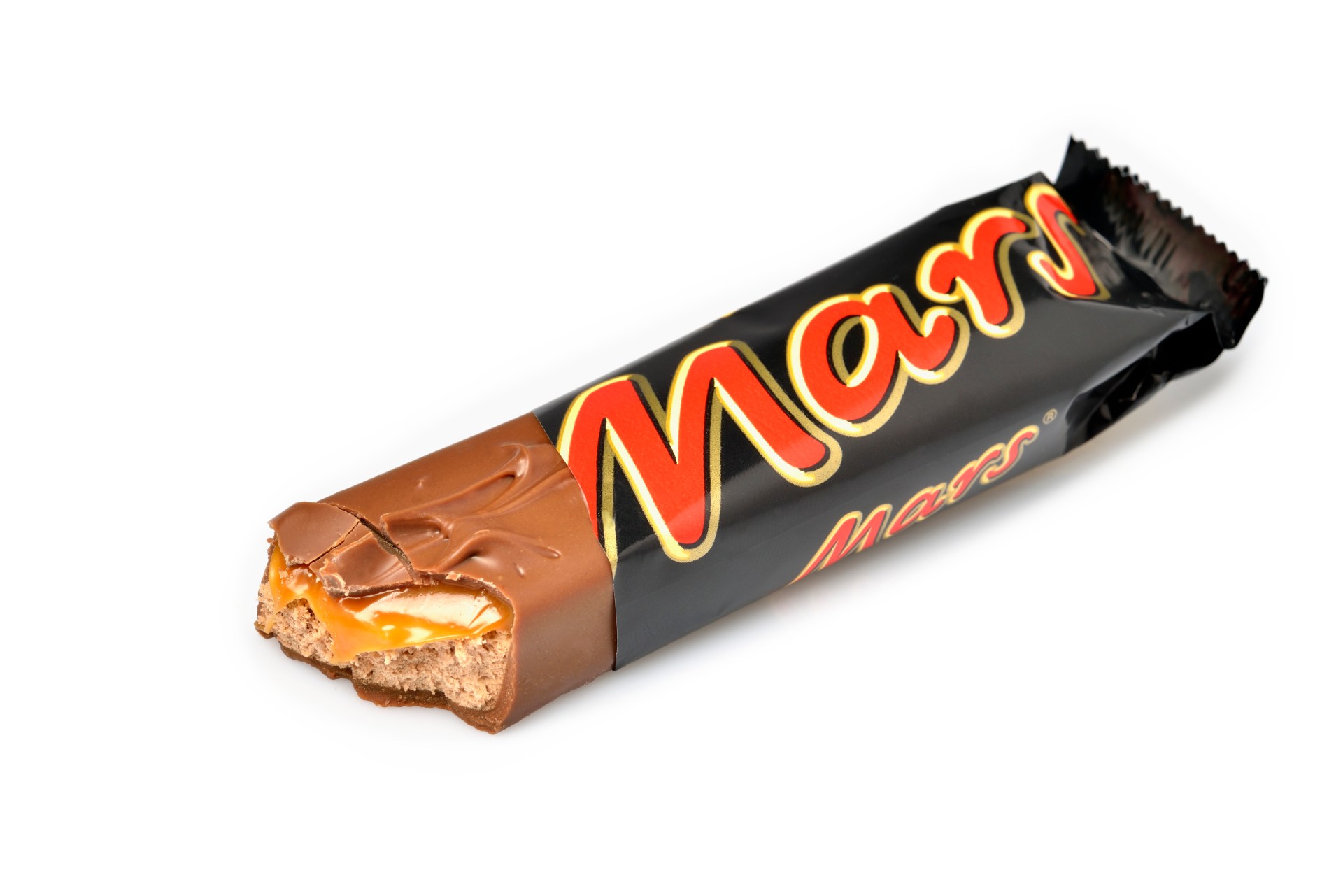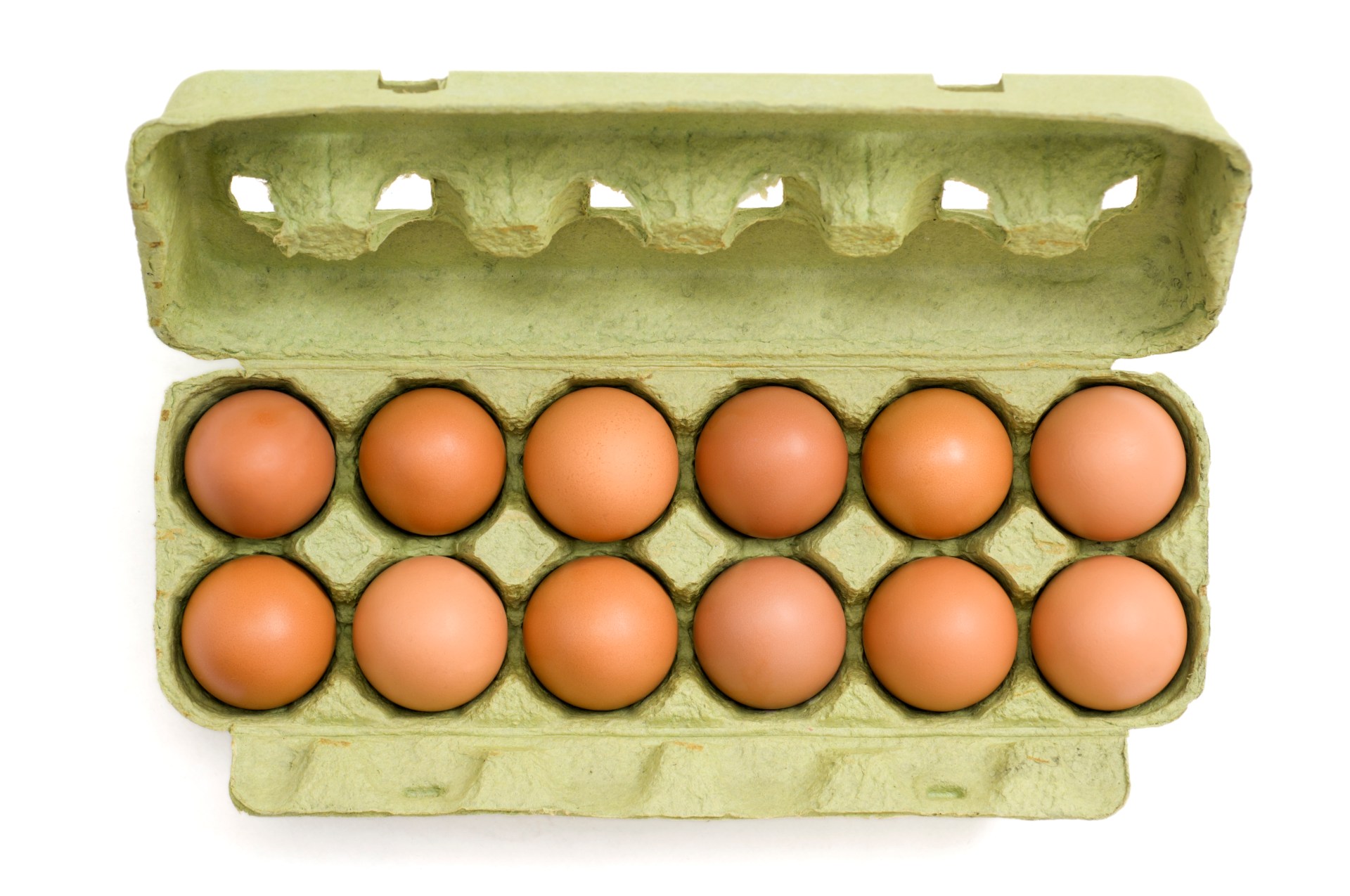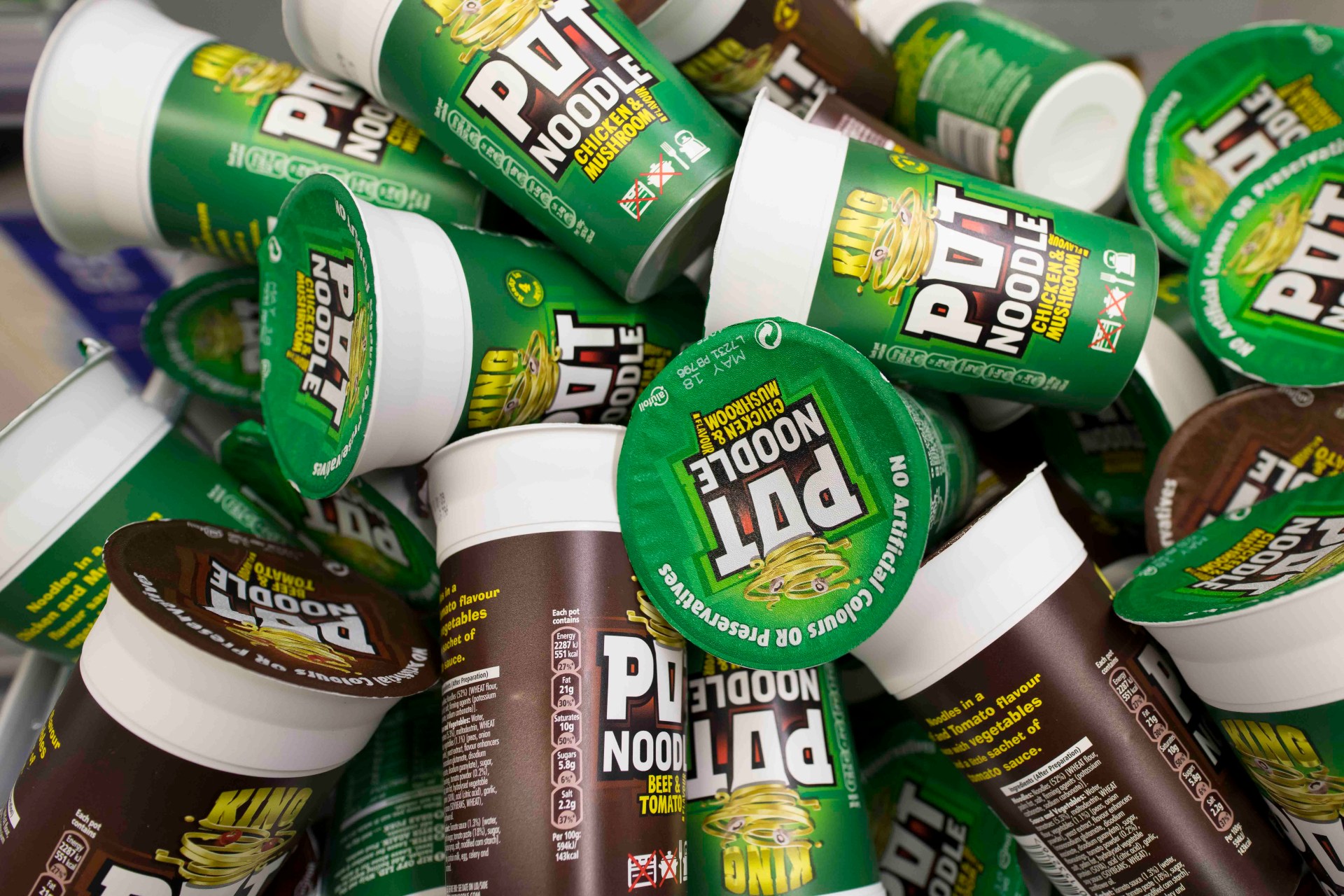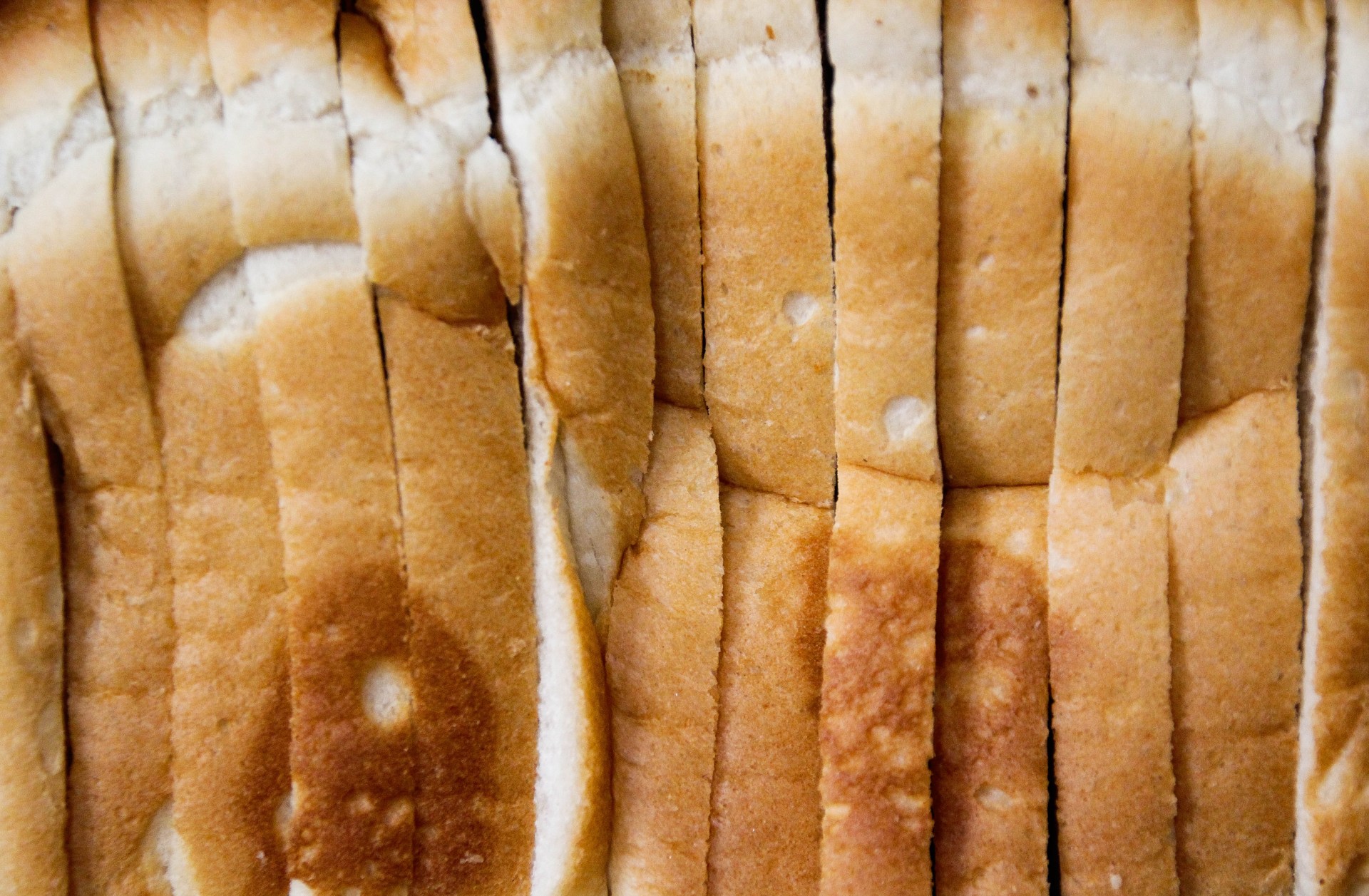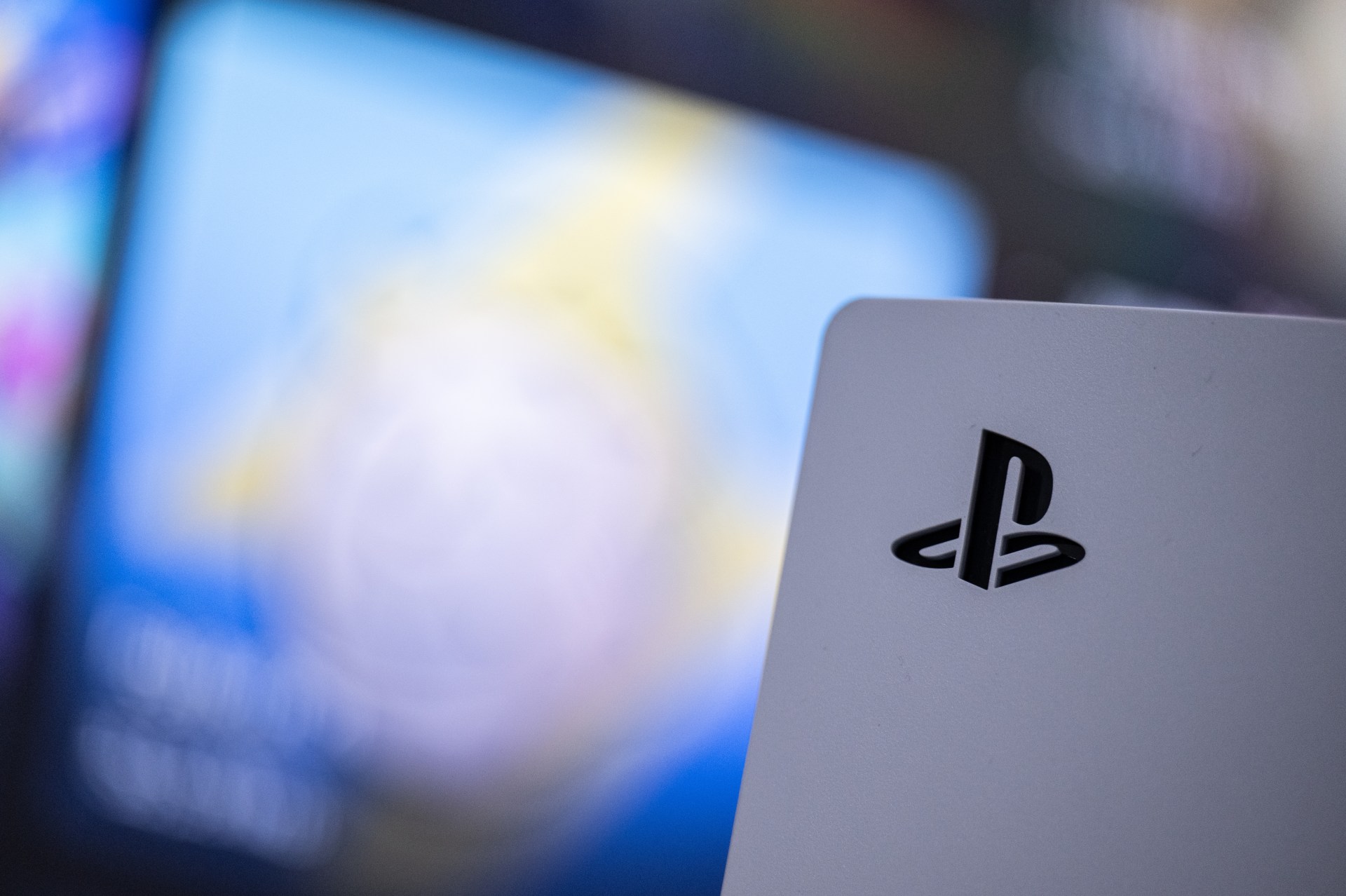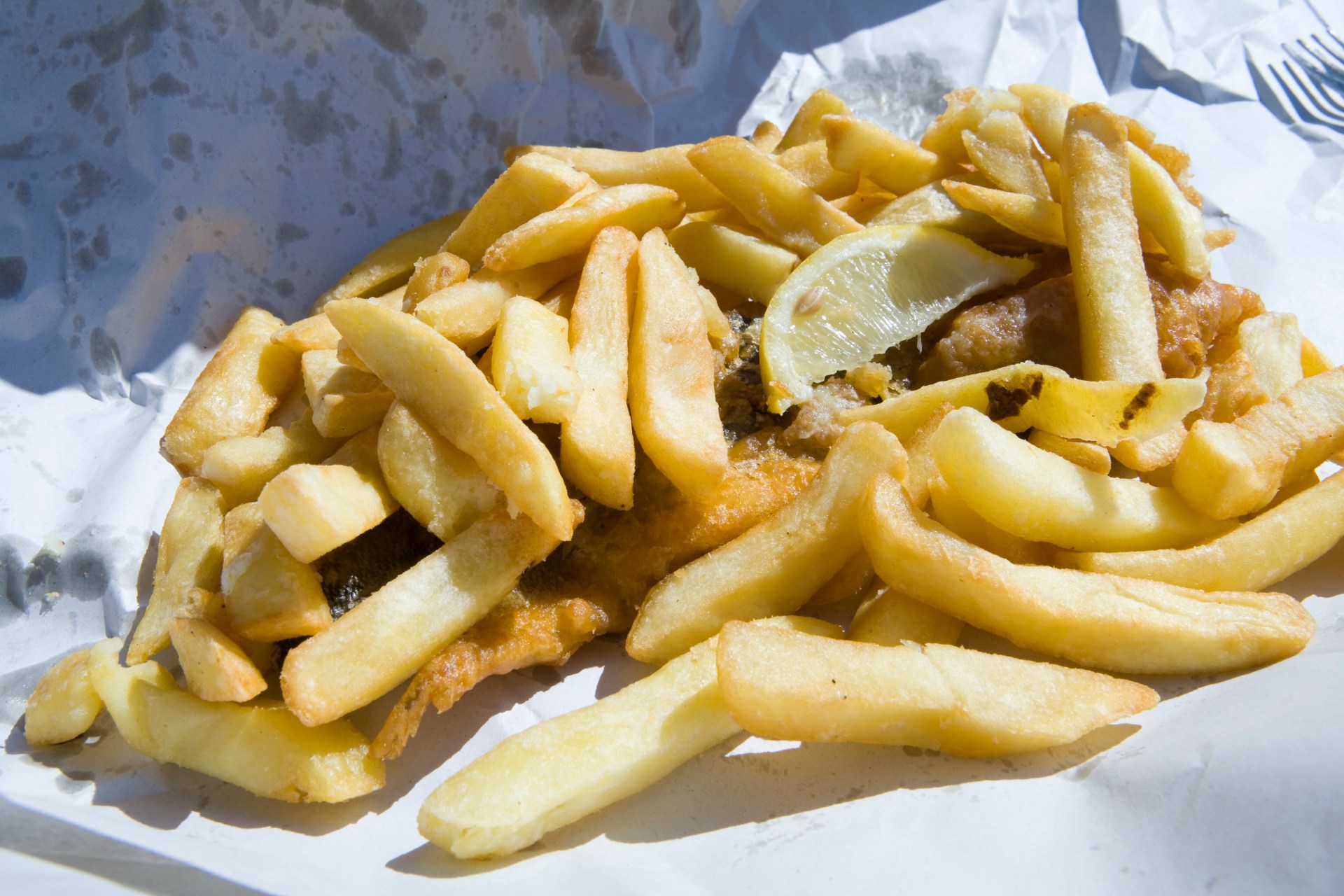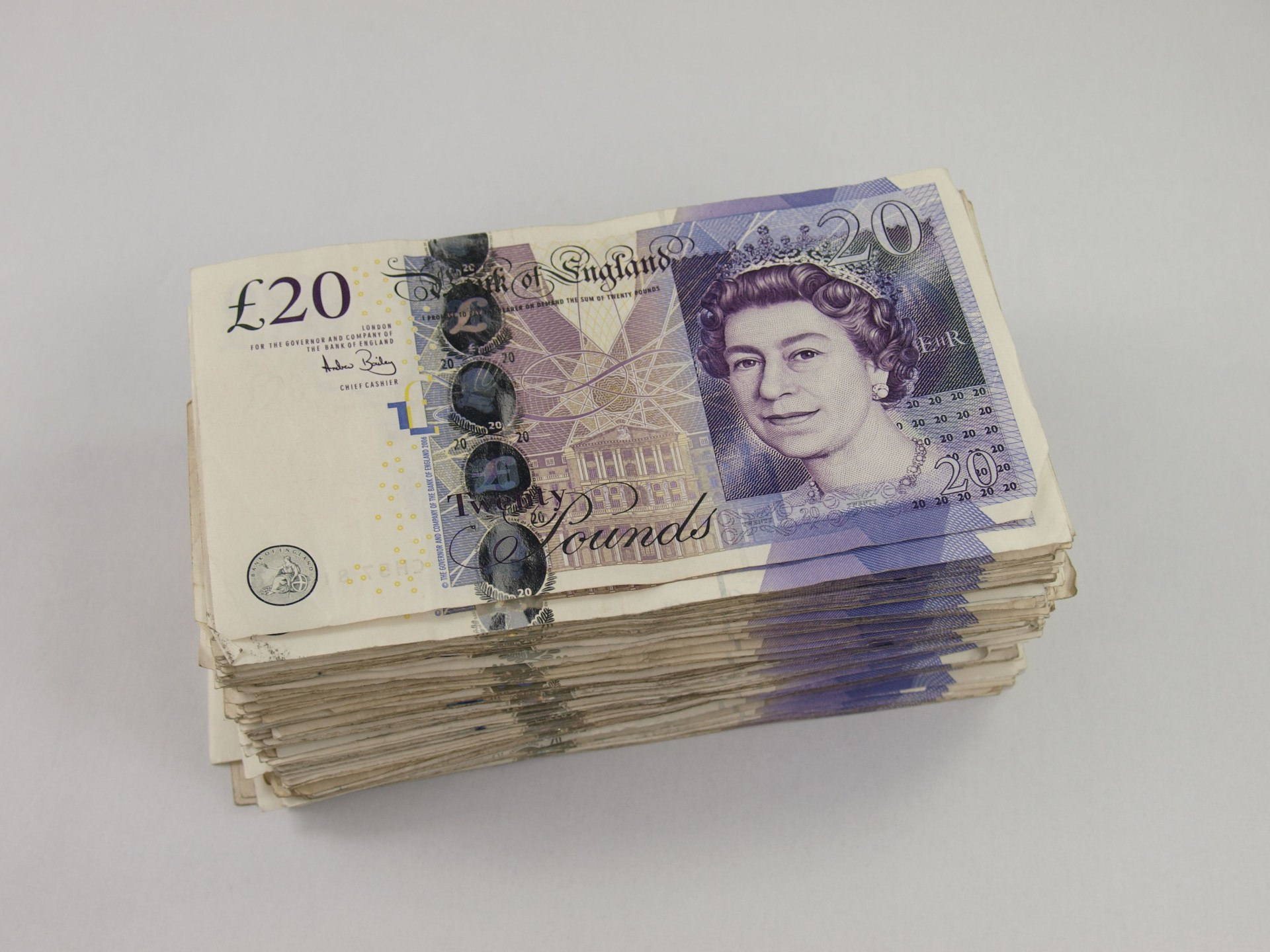Water is the lifeblood of successful farming; getting it right has a major impact. For farmers who use irrigation, especially efficient systems like drip irrigation, the issue isn't just about getting water—it's about understanding the cost. Knowing the cost of drip irrigation per acre is the first step to achieving success and maximizing yields.
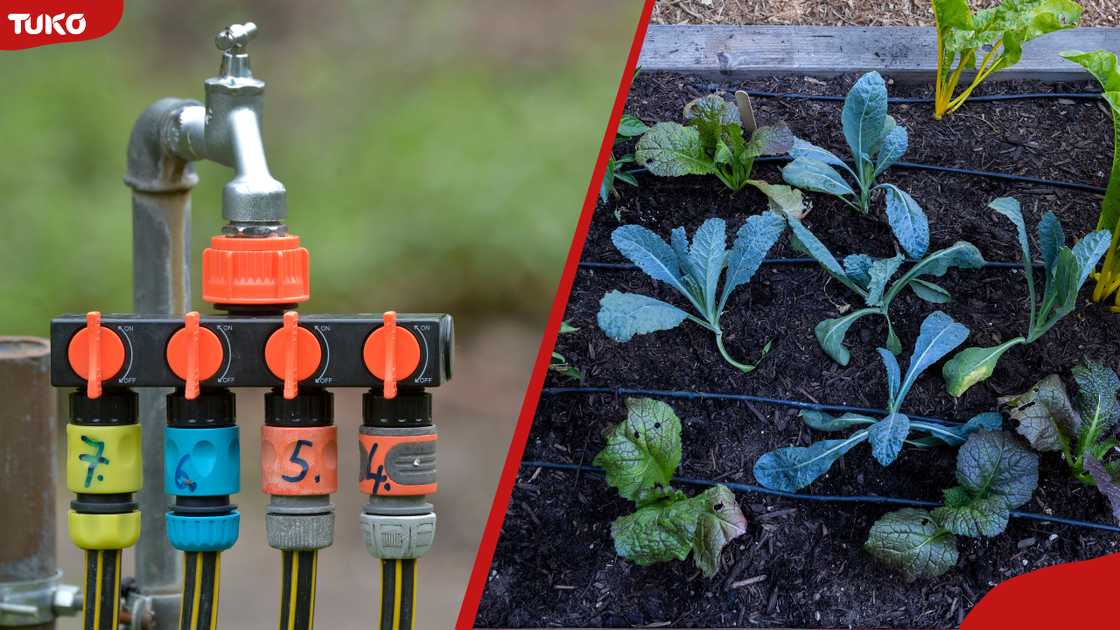
Water distribution is a crucial element for contemporary agriculture, particularly in regions with unreliable or inadequate rainfall patterns. Among the different methods, drip irrigation is notable for its high level of efficiency and success.
However, installing and maintaining a drip irrigation system demands a thorough understanding of its expenses. Anticipatory planning and knowledge of expenditure per acre can help farmers manage their finances effectively, minimize wastage, and guarantee optimal returns on their investment.
What is drip irrigation?
Water delivery to plant roots through a network of valves, pipes, and emitters constitutes a sophisticated technique capable of minimizing water squander and enhancing agricultural yields, also known as drip irrigation or trickle irrigation, or micro-irrigation.
There are several types of drip irrigation systems, each tailored to meet specific agricultural requirements and conditions. The most common types include surface drip systems, where tubing is laid on the ground surface; subsurface drip systems, which involve burying tubing beneath the ground; and portable drip systems that can be relocated as needed.
Each system features emitters or drippers that can control the flow of water at variable rates, often ranging from 2 to 20 litres per hour. Furthermore, drip irrigation can be combined with fertigation, enabling the simultaneous release of fertilizers with water. This results in more efficient nutrient distribution to agricultural crops.
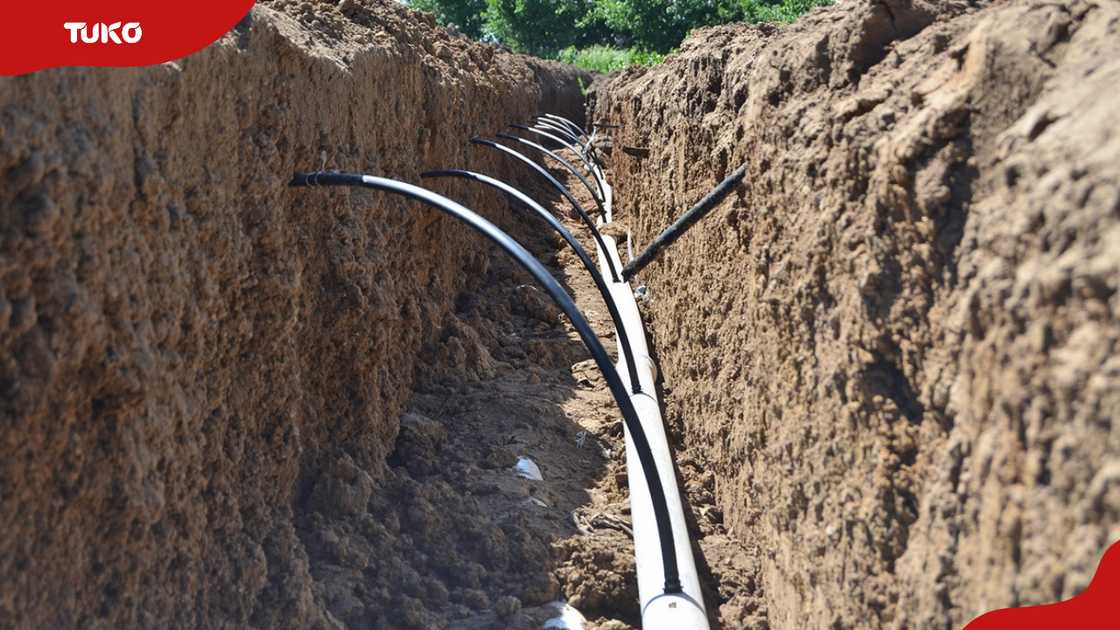
The estimated cost of drip irrigation per acre varies depending on several factors, including the type of equipment, the size and complexity of the system, and the materials used.
The estimated cost to install drip irrigation per acre in 2025 is between $1,500 to $3,000. Costs can vary greatly based on several factors, such as the type of crop, soil conditions, local climate, and specific system requirements.
Farmers cultivating high-value crops, including fruits and vegetables, may require superior systems that can elevate the total installation costs.
Understanding drip irrigation costs
Farmers planning to implement a drip irrigation system should factor in the cost of a standard drip irrigation kit, initial setup costs, and ongoing operational expenses. The initial costs encompass the purchase of crucial elements such as pipes, emitters, filters, pumps, and controllers. The system's complexity largely dictates these costs, with more sophisticated systems featuring automation necessitating a greater financial investment.
Farmers also confront additional operational expenditures beyond the initial installation expenses, which involve maintaining the system through repairs and replacing components such as emitters and tubing. They also have to factor in labor costs for the management and monitoring of drip irrigation systems.
In addition, water charges may apply when drawing from municipal supplies or other vendors. Following installation, predicted yearly maintenance and operational expenses are estimated to be between $100 and $200 per acre.
What are the reasons behind the widespread use of drip irrigation?
Drip irrigation has gained widespread use among farmers and gardeners due to its high efficiency and effectiveness in managing water resources. As water scarcity continues to be a major concern worldwide, the need for sustainable agricultural practices has never been more pressing. The following are some reasons why drip irrigation is increasingly popular:
Water conservation
One of the main reasons why drip irrigation is so widely used is its impressive ability to conserve water. Unlike traditional irrigation methods, which can cause a substantial amount of water to be wasted through runoff and evaporation, drip irrigation delivers water directly to the roots of the plants.
Improved crop production and enhanced crop quality
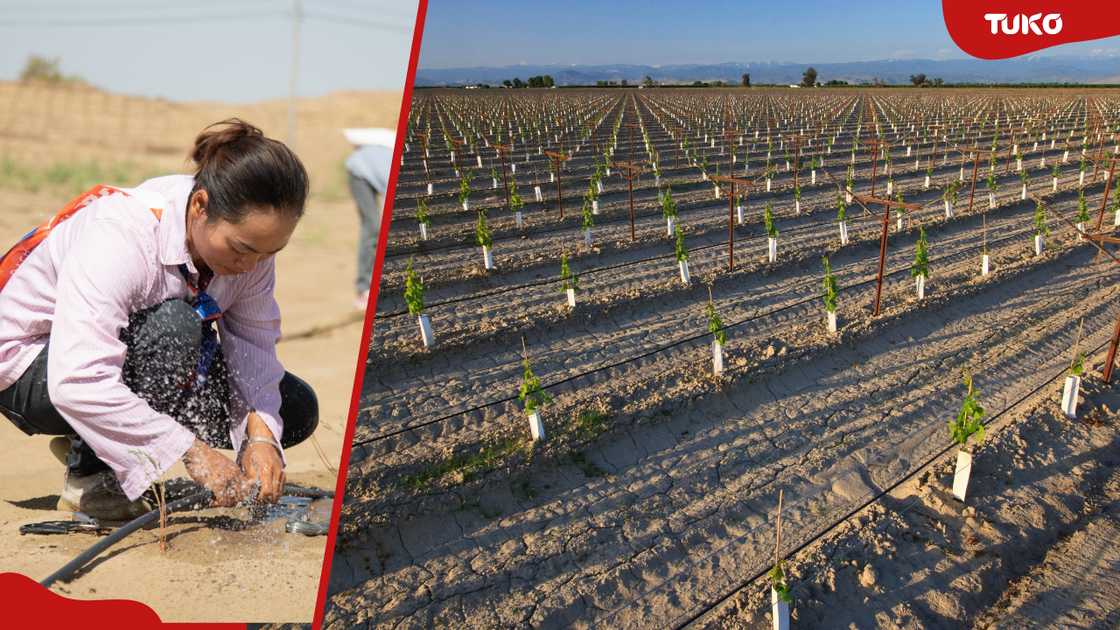
Drip irrigation ensures a steady water supply directly to the plant roots, improving nutrient absorption and facilitating optimal growth. This method allows farmers to cultivate high-value crops, such as vegetables, on a year-round basis, even in periods when traditional farming methods are not feasible.
Labour efficiency
Traditional irrigation methods frequently involve manual labor for crop watering, which can be both time-consuming and inefficient. Drip irrigation systems, however, can be automated, enabling farmers to set watering schedules without requiring constant supervision. This automation permits farmers to devote their time to other critical tasks.
FAQs on drip irrigation
- Is drip irrigation costly? No, drip irrigation is not costly. The upfront cost for installation can range from $1,500 to $3,000 per acre.
- What advantages does drip irrigation provide? Drip irrigation offers benefits such as water conservation, increased crop growth and quality, lower labor costs, and reduced disease risks.
- The average maintenance cost of a drip irrigation system annually typically falls between $100 to $200 per acre.
- Which crops benefit most from drip irrigation? Drip irrigation is best suited for high-value crops such as fruits, vegetables, and flowers that need exact water management to flourish.
- What is the process of drip irrigation? Drip irrigation delivers water directly to the roots of a plant using a network of pipes, tubes, emitters, and valves, ensuring that the water is utilized economically with no unnecessary waste.
- How deep should drip irrigation lines be buried? Surface drip lines can be left above the soil surface, while subsurface systems should be buried around 15 to 30 centimeters deep.
- What is the typical expenditure associated with subsurface drip irrigation? The cost of purchasing and installing a subsurface drip irrigation system for a given area ranges between approximately $1,000 to $4,000 per acre.
- How do you prevent clogging in your drip irrigation system? To prevent clogging, installing filters at the start of the water supply and regularly checking the water emitters for any obstructions is crucial.
Final word
It is essential for farmers to comprehend the cost of drip irrigation per acre in order to harness the most effective farming efficiency and yields by 2025. With accurate planning and upkeep, drip irrigation, as a sensible and environmentally friendly agricultural method, presents an effective solution to modern farming applications, especially in areas confronting water scarcity.
Specifically, a Kenyan online news platform, Hello News.co.ke, published an article detailing expected maize yields by acre in Kenya. The article provides informative estimates of harvest outputs for different regions, enabling farmers to gauge potential yields.
Read on to learn about the expected yield for different areas and how farming techniques and resources can impact your agricultural prosperity.
